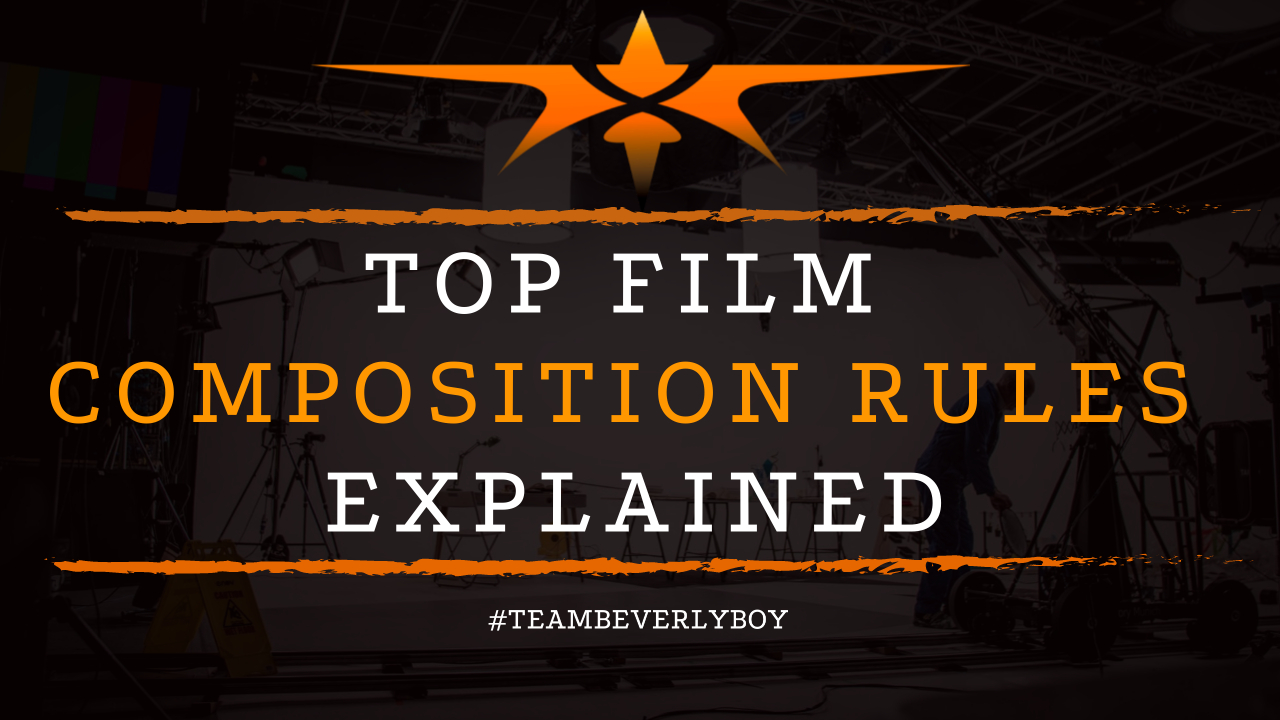
Top Film Composition Rules Explained
The rules of film composition represent guidelines. For which elements of a scene are to be arranged within the camera frame. When a cinematographer is capturing a shot, they are considering all of the underlying factors. Representing the placement of visual elements within the frame. And how those elements will convey the intended message to the audience. Film composition rules provide guidelines as to placement of elements within the frame. But as with any rule, the rules of film composition are meant to be broken. Sometimes.

As we look at the top film composition rules, and explain each of these rules in detail. We also look at some of the ways that these film composition rules are broken to achieve desired composition.
The Rule of Thirds
Probably the most basic rule of film composition is the rule of thirds. Virtually every aspiring filmmaker learns about this rule, right away in their filmmaking career.
And it’s right so that they do. This rule basically states that the subject within your frame should fall within intersecting lines of the thirds of your shot.
What you do is separate your shot from bottom to top into three equal parts. And then separate from left to right into three equal parts. Visualize a tic-tac-toe board over your frame.
And align your subjects such that they fall on intersecting lines. Doing so will be most pleasing to the eye for your audience.
Breaking the Rule of Thirds
If the rule of thirds keeps your subjects along the intersecting lines for an aesthetically pleasing view that keeps everything rather off-center. Then breaking the rule of thirds must mean you’re going to balance your visual elements and create symmetry.
Knowing when to shoot a symmetrical shot can help you evolve as a filmmaker. But when is this the right choice?
You might want to choose symmetrical shots if your subject is the center of attention. And you want to direct the audience’s eyes to the center of the screen in order to attract more attention. This can give your character power, and will create an overwhelming sense within your audience.
Leading Lines
Another common subject of film composition rules is the use of leading lines, which are either imaginary or actual, that lead the eye to a particular element within the scene.
The use of leading lines will guide the viewer’s gaze to a particular character, object, or situation taking place within the frame. Leading lines are frequently used to draw attention to the desired location.
Eye-Level Framing
The rules of film composition often focus on the use of eye-level framing to place the audience at eye-level with characters within the frame so that there is a close connection, specifically with the emotions of the character.
The use of eye-level framing generally aims for the audience to feel connected to the character, and to essentially walk in their shoes. This is important in driving the emotions required to keep an audience connected to an emotionally flawed character. And to stick around to see what they’ll do next.
In addition to these film composition rules, additional rules surround the depth of focus, and depth of field, in relation to the positioning of elements within the frame and the intended outcome of a shot.
As you become an avid filmmaker, you’ll learn a lot about these elements, and the film composition rules we’ve discussed, as well as the ways of breaking these rules in order to achieve the desired emotional connections with your audience.


